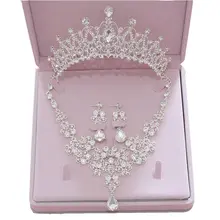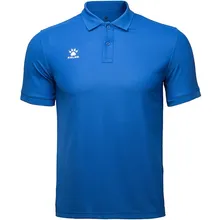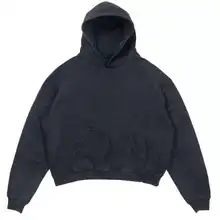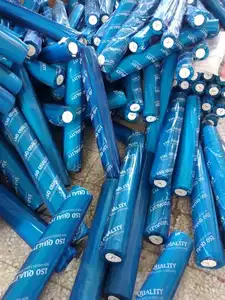Understanding Non Woven Fusible Interlining
Non woven fusible interlining represents a specialized category of fabric used to provide additional support and structure to garments. This type of interlining is a staple in the textile industry, favored for its ability to bond fabrics together without sewing. The fusible aspect refers to an adhesive layer that can be activated by heat to adhere to other materials.
Types and Applications
The versatility of non woven fusible interlining is evident in its range of types, including options like non woven interlining fabric and woven fusible interlining. Each type serves different applications, from suits to casual clothes, offering various properties such as shrink-resistance and stretchability. The adaptability of these interlinings makes them suitable for a broad array of garments, enhancing their shape and durability.
Features and Materials
Non woven fusible interlining fabric is designed with features like stretch and water solubility, catering to diverse garment requirements. The materials used in these interlinings, such as polyester (PES) and polyamide (PA), contribute to their functionality. The double-dot technique often employed in these fabrics ensures a uniform bond and consistent quality across different fabric surfaces.
Advantages of Non Woven Fusible Interlining
The use of non woven fusible interlining brings several advantages to garment manufacturing. Its ease of application, enabled by the heat-activated adhesive, saves time and labor. Additionally, the non-woven nature of the fabric provides a smooth finish, enhancing the overall aesthetic and feel of the final product. The availability of various colors, such as white, black, and gray, allows for seamless integration into a multitude of designs.
Selection Considerations
When selecting non woven fusing materials, it's crucial to consider the specific needs of the garment, such as the desired level of stiffness and the fabric's compatibility with heat. The choice between fusible and non fusible interlining also plays a significant role, depending on the application and the manufacturing process involved.
Environmental Impact and Sustainability
In recent years, the textile industry has been moving towards more sustainable practices, and the production of non woven interlining is no exception. Manufacturers are increasingly focusing on reducing the environmental impact by using recycled materials and developing eco-friendly adhesives for the fusible layers.









































 浙公网安备 33010002000092号
浙公网安备 33010002000092号 浙B2-20120091-4
浙B2-20120091-4